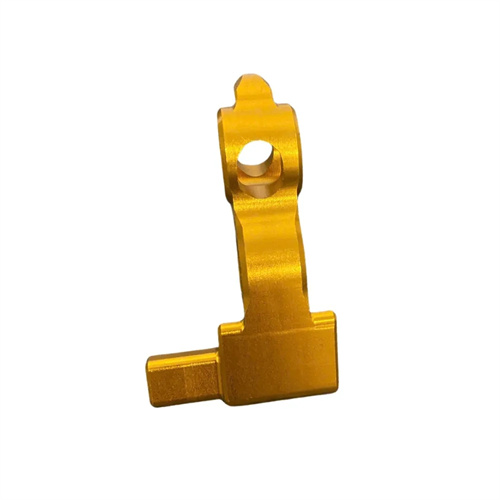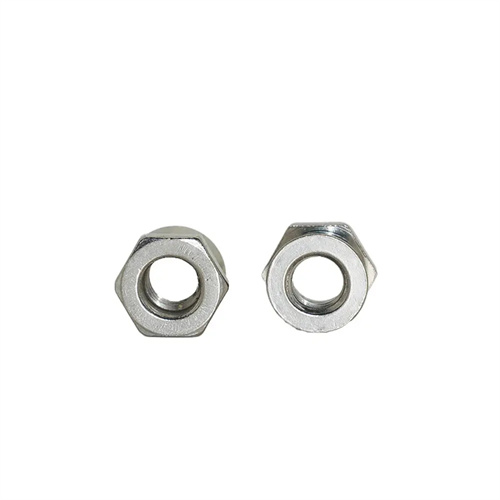Methods for measuring tapers and angles
Taper and angle are common geometric parameters of mechanical parts, widely used in key components such as cutting tools, molds, and machine tool spindles. Their measurement accuracy directly affects the assembly performance and motion accuracy of the parts. Taper refers to the ratio of the base diameter of a cone to its height, while angle refers to the angle between two intersecting lines or planes. The measurement methods for both have similarities but also vary depending on their structural characteristics. Common measurement methods include direct, indirect, and combined measurement. In practical applications, the appropriate measurement solution must be selected based on the part’s precision requirements, structural dimensions, and production batch size.

The direct measurement method uses specialized measuring tools to directly read the taper or angle value. This method is simple to operate, highly efficient, and suitable for rapid testing in mass production. For angle measurement, the most commonly used measuring tool is the universal protractor, which has a measuring range of 0°-320° and an accuracy of 2′ or 5′. A straightedge and protractor are combined, and the angle value is read using a vernier readout. Taper gauges can be used to measure taper. Plug gauges are used to measure internal tapers, while ring gauges are used to measure external tapers. The taper is determined by observing the contact between the gauge and the workpiece. If the contact surface is uniform and the painted area exceeds 80%, the taper meets the requirements. For conical parts requiring higher precision (≤0.01mm/m), an optical dividing head can be used, leveraging the magnifying effect of the optical system to achieve precise angle measurement with an accuracy of up to 1″.

Indirect measurement methods measure linear dimensions related to the taper or angle and then calculate the measured parameter. This method is suitable for complex components that cannot be measured directly. For example, when measuring the taper of an external cone, two steel balls with diameters d₁ and d₂ are placed on either side of the cone. A height gauge is used to measure the distance h between the two ball vertices. The semi-cone angle α/2 is then calculated using the formula tan (α/2) = (d₁ – d₂) / (2h) , thereby determining the taper value. When measuring an internal tapered hole, a steel ball is placed inside the hole and a depth gauge is used to measure the distance from the ball vertex to the hole end face. A similar formula is used to calculate the taper value. To measure the angle of a V -groove, a sine gauge, a gauge block, and a dial indicator can be used. One working surface of the sine gauge is placed against a flat plate, and a gauge block of height h is placed on the other working surface. The sine gauge is tilted at an angle equal to the angle being measured. A dial indicator is then used to check the fit between the workpiece and the working surface of the sine gauge. The angle can be accurately measured by adjusting the gauge block height.

The integrated measurement method uses an instrument to simultaneously measure multiple parameters, deriving taper or angle values through data processing. This method is suitable for inspecting high-precision parts. The three-dimensional coordinate measuring machine (CMM) is currently the most widely used integrated measuring device. It uses a contact probe to collect the coordinates of multiple points on the conical surface. Computer software then fits the cone’s axis and surface equations, and then calculates the taper and semi-cone angle, with measurement accuracy reaching 0.001mm/m. For large conical parts (such as machine tool spindle tapers), a laser interferometer can be used. The high collimation of the laser can be used to measure the axial and radial deviations of the cone, and the taper error can be determined through software analysis. Furthermore, image measuring instruments are commonly used for angle measurement. They use an optical lens to magnify the workpiece image and display it on the screen. A crosshair cursor is used to aim at both sides of the measured angle, and the system automatically calculates the angle value. These instruments offer high measurement efficiency and zero contact deformation, making them suitable for inspecting thin-walled parts.

Measuring taper and angles in special circumstances requires specialized methods and tools. For assembled parts that cannot be measured with conventional measuring tools, the rubbing method can be used. This involves applying thin paper or tape to the surface of the angle being measured, rubbing the outline along the angle edge with a pencil, and then removing the rubbing paper and measuring with a universal angle ruler. Angle measurements in high-temperature environments require high-temperature-resistant ceramic measuring tools to prevent deformation due to temperature fluctuations. For measuring very small angles (≤1°), an inductive micrometer can be used. This converts angular changes into electrical signals, achieving high-precision measurements. After measurement, the data must be analyzed for errors, taking into account factors such as measuring tool indication error, ambient temperature variations (each 1°C change results in a measurement error of approximately 0.01 mm/m), and operator error to ensure the reliability of the results. By choosing the right measurement methods and tools, the accuracy of taper and angle measurements can be effectively guaranteed, providing a reliable basis for part quality control.
